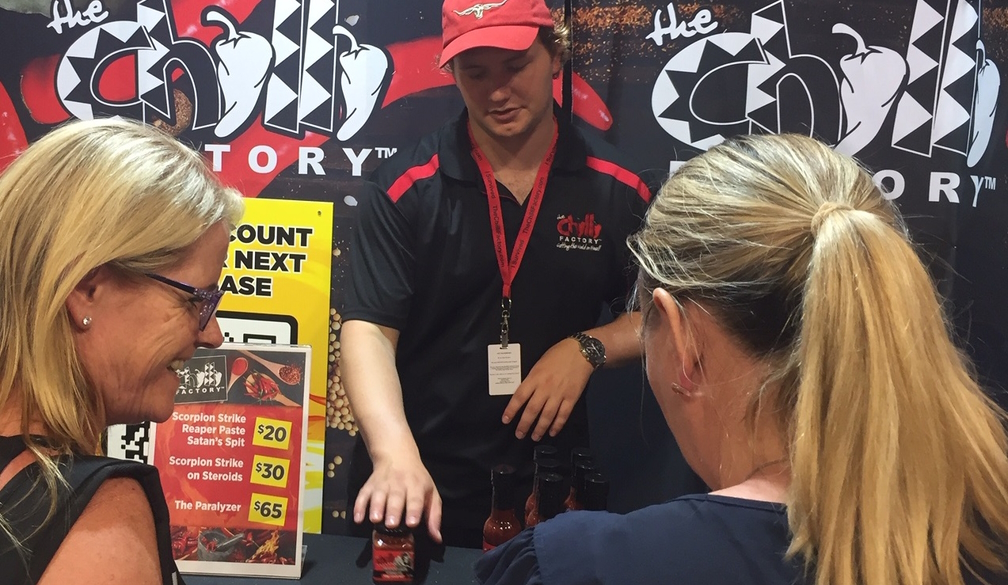Australians are tapping into new income streams to offset rising costs

How a side hustle can boost the household budget
Australian’s household budgets are being put under increased pressure by rising inflation and higher interest rate. Petrol costs have risen 25% over the past 12 months[1], while food and housing costs are the main contributors to increases in Living Cost Indexes[2].
To counter this, Australians are increasingly looking for extra income streams. ABS data reveals 6.5 per cent of all employed people, almost 900,000 people, work multiple jobs[3] with many doing so to offset Australia’s rising cost of living.
Side hustles and gig economy jobs often commence as a passion project or as a flexible role whilst completing education or in addition to a primary job. However, Australians are increasingly pursuing independent work such as a side hustle to add discretionary income to their household budgets.
Often overlooked as a potential revenue stream is traditional offline work such as the market trading sector.
Over the years, there’s been a growth in farmer’s and weekend markets as a way of offering good quality produce to local communities. Markets attract a varied audience who are committed to an experience to encounter new food, goods, and services outside of a regular shopping or retail experience. With at least 180 registered farmer’s markets[4] and thousands of other weekend markets and food festivals around Australia, it’s a growing sector as consumers seek more authentic, engaging retail experiences.
From a business perspective, entry to the market sector is a low cost/low risk venture, appealing to those seeking to be an independent worker, with lower capital investment than other options.
Daniel Morgan, General Manager of The Chilli Factory, which offers its products to independent market stall holders, shares why weekend market stalls present an opportunity for flexible work and for established small business operators to grow.
Flexible work
The autonomy and flexibility of market stall operation offers is a major drawcard. Operating a market stall is predominantly weekend work while the flexibility of choosing to enter markets on Saturdays and/or Sundays is up to the stall operator. This flexibility of weekend work allows it to be juggled around full-time employment or personal requirements. Market stall ownership suits any person of any age and according to Daniel, many of his most successful operators are those who are looking for flexibility in a ‘second job’ when seeking an opportunity to add to their existing income.
Minimal Set Up Costs
A market stall’s initial set up costs are low, with equipment such as a small marquee, tables, and tablecloths easily found at hardware stores, and are very affordable and easy to acquire. Offering mobile EFTPOS facilities may require planning, but with many competing providers available, it is still a low-cost investment.
Although market stall holder entry costs vary, they can start as low as $200 a day. Besides stock replenishment, which would usually start at one box per SKU offered, market entry fees and petrol will be the only ongoing costs.
High Turnover opportunity
Market stall turnover varies by product on offer, but can vary from $500 - $5,000 per day depending upon the market’s location and number of visitors. Product specific markets, in our case, Chilli festivals, deliver an engaged audience who are keen to try and buy chilli. Depending on turnover and income requirements, complimentary product ranges can be built into an existing business that may already a market stall holder with regular customers, offering more diversity.
Buying into a Brand
While many market stalls feature home-made food and beverage items, there is a growing niche for existing unique brands to reach a wider audience. Market stall owners can buy into a brand and operate it in a similar way to a franchisee. This works well for boutique brands which may have a speciality retail offering but no wider mass-market retail footprint, while selling an established brand allows the stall owner to take advantage of existing marketing.
For further information, visit https://www.thechillifactory.com/wholesale-enquiries/







